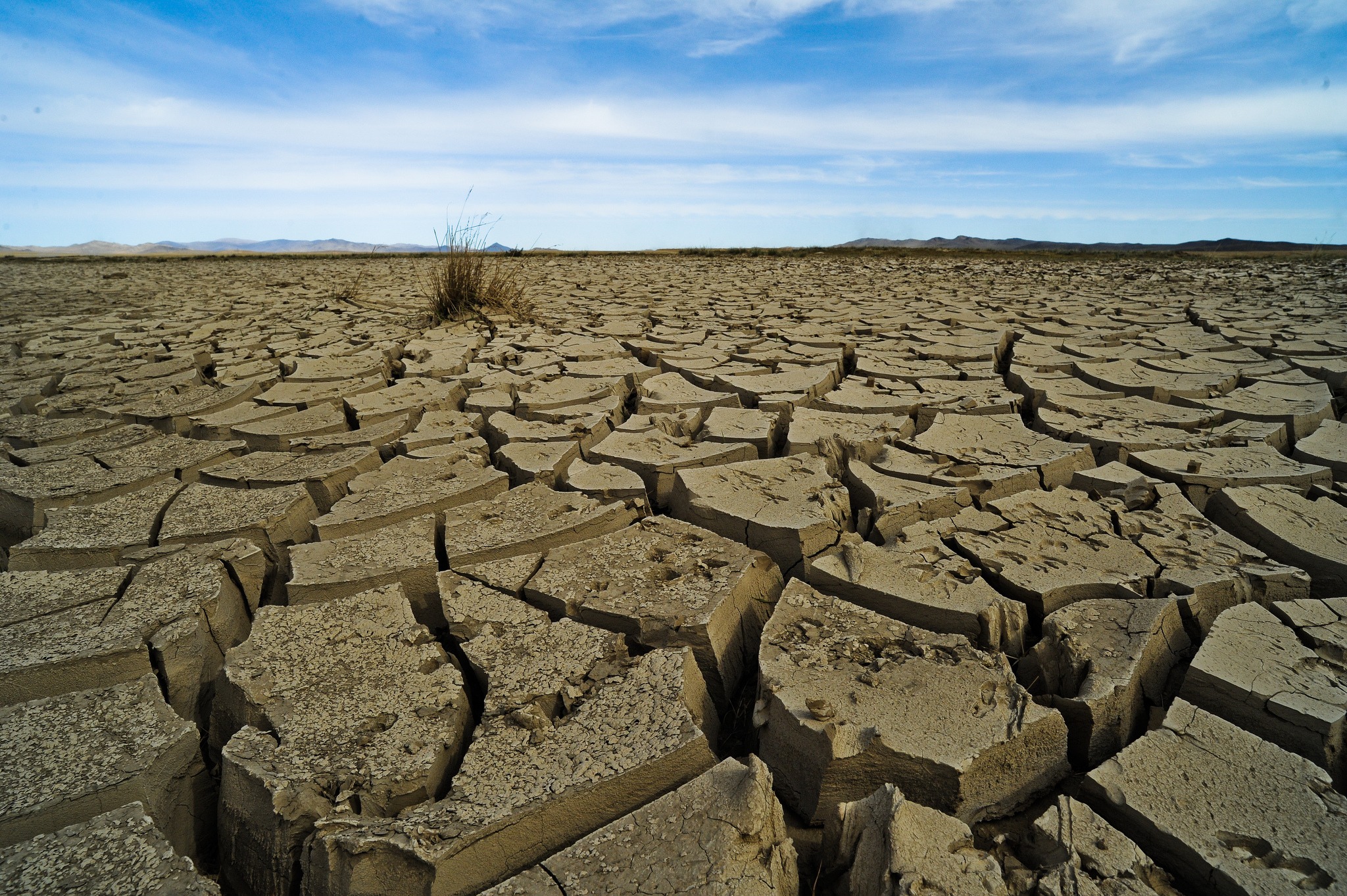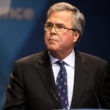Asian Development Bank
Climate change happens slowly. It’s technical and complicated—frankly, it’s boring. That is to say, it’s ideally suited for documentaries. It’s not a coincidence that the event most frequently cited as the beginning of popular climate consciousness was not a riot à la Stonewall, but the 2006 release of An Inconvenient Truth, a film depicting Al Gore giving a PowerPoint presentation. Since then there have been numerous documentaries about climate change, each taking different tacks to generate interest: The 11th Hour, which sexed up expert testimony with Leonardo DiCaprio’s narration; Merchants of Doubt, which explained climate denial as a scurrilous corporate con game; and Chasing Ice, which took cues from nature documentaries in its quest to capture melting glaciers on film.
But even with these various conceits, climate documentaries don’t exactly scream excitement. Naomi Klein admits at the start of her own climate film, This Changes Everything, that she’s always hated them—so boring, and too many polar bears. Hers, she suggests, will be different. Instead of focusing on the bears, she talks to people on the frontlines of climate change, aiming to make climate change a story about humans rather than nature.
Josh Fox’s new film How to Let Go of the World: and Love All the Things Climate Can’t Change, fits squarely in this territory. His first film, Gasland (2010), about fracking in Pennsylvania, catapulted him to international renown amongst anti-fracking activists. How to Let Go of the World, which premiered at Sundance in January 2016 and on HBO this June, is billed as the third installment in the Gasland trilogy, following Gasland Part II, which continued the story of fracking’s dangers.
This film opens on the filmmaker dancing alone to “Ob-La-Di, Ob-La-Da” the Beatles song whose refrain is: life goes on. He is celebrating his 2012 victory in the fight against the fossil fuel companies that sought to buy up gas rights in western Pennsylvania and frack the Marcellus Shale. But soon after the initial triumph, Fox realizes that the forest he fought to save is being destroyed by fossil fuels more slowly, its hemlocks hollowed out by woolly adelgids which have slowly advanced north as winter frosts retreat. Then Hurricane Sandy hits, and he heads out to the Rockaways to survey the damage, wreaked primarily on the black and brown working-class communities living on New York’s margins.
Despair is necessary for inner transformation; revolution a private event: “the moment you surrender is the moment you change. It’s also the moment you find the revolution inside.”
Looking at the sand dunes that have been swept into Rockaway yards by the sea, making public housing into “beachfront property,” Fox begins to realize the limits of his victory. If life goes on, so does the heating of the Earth. Interviews with a cast of the usual experts—350.org co-founder Bill McKibben, former “green jobs czar” Van Jones, Earth Institute president Lester Brown—confirm this dire state of affairs: the earth is almost certain to warm more than 2 degrees Celsius. The seas will rise on the level of something from five to nine meters. We’ll lose forests, coastal cities, between a third and a half of all species currently living. “How do you even begin to grieve?” Fox asks. He contemplates sinking into despair in the Pennsylvania woods.
This is a moment familiar to anyone who has spent any time thinking about climate change: a genuine pit of hopelessness. It leads Fox to ask the searching question suggested by the title: “What are the things climate change can’t destroy?” What can we hold on to while the world changes around us? The interrogation of the feelings brought on by living in a world that you know is doomed is no doubt an intriguing premise for a film. But that’s not the film Fox has made.
Instead, Fox profiles people struggling against a system that’s wronged them, talking to people around the world whose stories are horrifying in the particulars but all too familiar in their general outlines. Fox insists on finding hope in these encounters, but the shift in tone from the initial barrage of doom is jarring, and the display of optimism often feels obligatory.
In a climactic moment, Fox paddles out in a flotilla of canoes and kayaks with a group of Pacific Islanders known as the Pacific Climate Warriors to block a massive coal tanker from leaving the port of Newcastle, Australia. Eventually cops on Jet-Skis remove the boats from the tanker’s path. But the other nine coal tankers scheduled to leave port that day decide to wait till the commotion dies down. This, Fox argues, is where protests move “out of the symbolic and into something actual.” The coal ships were stopped—“at least for one day.” Of course, the protests remained entirely symbolic, significant primarily by virtue of being broadcast to the world via Fox’s film. But they are the testament to the power of the human spirit that he’s been looking for, the answer to his driving question—what can’t climate change? The movement as here depicted by Fox is expressive, brave, beautiful, heroic—and made all the more so by its futility, though he doesn’t say that outright.
That is to say, it is a movement of moral righteousness. For Fox, political action is primarily a matter of individual moral clarity. Despair is necessary for inner transformation; revolution a private event: “the moment you surrender is the moment you change. It’s also the moment you find the revolution inside.”
How to Let Go operates primarily in an emotional register, gauging—rightly—that dry statistics and charts aren’t what move people. But its punch suffers from lack of analysis. Fox occasionally gestures to the likes of “political, economic, and social inequality,” but energy sources are his real target: fossil fuels are the root of evil, while renewables hold the sparks of a new world. It’s never spelled out, though, how an energy transition might address social and economic inequality. What the film does suggest is that renewables simply can’t power a world of endlessly spiraling consumption: they can meet our needs, but only if we rein in our appetites, which are endlessly fueled by a system of “competition and greed.” But “the system” otherwise goes unnamed; you can see Fox circling tentatively around the word “capitalism,” which he never utters. Absent a more critical analysis of what drives consumption itself, Fox’s proclamations come across as just another environmentalist railing against the sins of modern life.
Focusing on indigenous and impoverished rural communities fighting to stop fossil fuel developments is in many ways the opposite of making a movie about Al Gore. It’s a decision clearly informed by the rise of climate justice movements, which recognize that the effects of climate change will be unevenly distributed. Climate justice involves front-line communities—those who will be affected first and most severely by climate change. But indigenous people occupy an uneasy place in Fox’s cosmos. Here they appear as humble farmers, noble peasants, pure souls who have refused the luxuries of the sinful city. They become foils for Western sins of overconsumption and carelessness, living reproaches to the film’s audience watching its premiere on HBO.
So while Fox’s aim is to make a different kind of climate documentary, his frame is all too familiar. Treating consumption primarily as a moral failing suggests that overconsuming Westerners just need to live more simply. But of course, fossil fuel consumption is determined not only by personal morality, but by the infrastructure of the places people live, the work available to them, the public services they can draw on, and the demands of their daily lives. These things have been constructed by deliberate economic and political decisions made over decades, from investments in highways and automobiles to tax subsidies for suburban houses to support for finance and consumer credit. Consumption varies drastically by class, and even the most seemingly egregious forms of conspicuous consumption are shaped by economic, cultural, and political forces in ways that go beyond simple acquisitiveness, greed, or moral corruption. It’s possible that Fox would agree with all of this. But in the scattered commentary he presents, the grievances are massive, imprecise, and ultimately hollow.
The journey ends as it began, with Fox dancing to the Beatles: this time, to “All You Need is Love.” Love is the emotion of the political zeitgeist; slogans like #LoveIsLove and #LoveWins are echoed by the film’s hashtag: #LetGoAndLove. But the film’s title is misleading. The point of How to Let Go of the World is not to help you let go of the world but to entreat you to hold it closer. Like other social issue documentaries, it aims to increase awareness and spur action. You can go to the film’s website after it’s over and find suggestions for “taking action.” Among the ideas: tell everyone that you love them; listen to your favorite record and remember how great it is to be alive; invite all your neighbors over to dinner; don’t forget to dance and sing. Such practices of self-care are surely necessary—but as a complement to politics, not a substitute. “Democracy,” meanwhile, is almost an afterthought, as are its directives: “Participate in the political process.” “Attend your local town or board meeting, get climate change on the agenda.” “What does democracy mean to you?”
Elsewhere, Fox reassures us that not everyone needs to go out and become a climate organizer: he himself couldn’t organize a sock drawer, so he made a movie. Unfortunately this advice is more likely to result in a glut of well-intentioned, deeply-felt climate documentaries and neighborhood dinner parties than a movement capable of staving off catastrophe. Organizers are made, not born. And an organizer could have told Fox straight off the lesson he eventually learns: don’t mourn, organize.
Alyssa Battistoni is an editor at Jacobin magazine and a graduate student in political science at Yale University.







Not having seen the film I’ll have to assume that it has given just as much attention to the impact of animal agriculture on the global environment as Ms. Battistoni has: more precisely, none.
The suggestion that political engagement will save the planet at this point in time is naive. There is, however, a real and effective weapon that people can use to save the Earth, their wallets.
Awareness must be enhanced regarding the pollution created by animal agriculture, affecting the planet’s air, water and land.
Boycotting all meat, dairy and egg products will have the fastest and most effective impact on reversing global warming and removing toxic pollutants. In addition such an initiative would improve world health, reduce starvation and end cruelty to animals.
Sadly the efforts of the animal agriculture industry to keep all this a secret (as much as possible) while convincing the public that meat & dairy products are good for you have succeeded.
The time has come for people to do their own research, go vegan, and spread the word.
Otherwise, prepare for the flood.